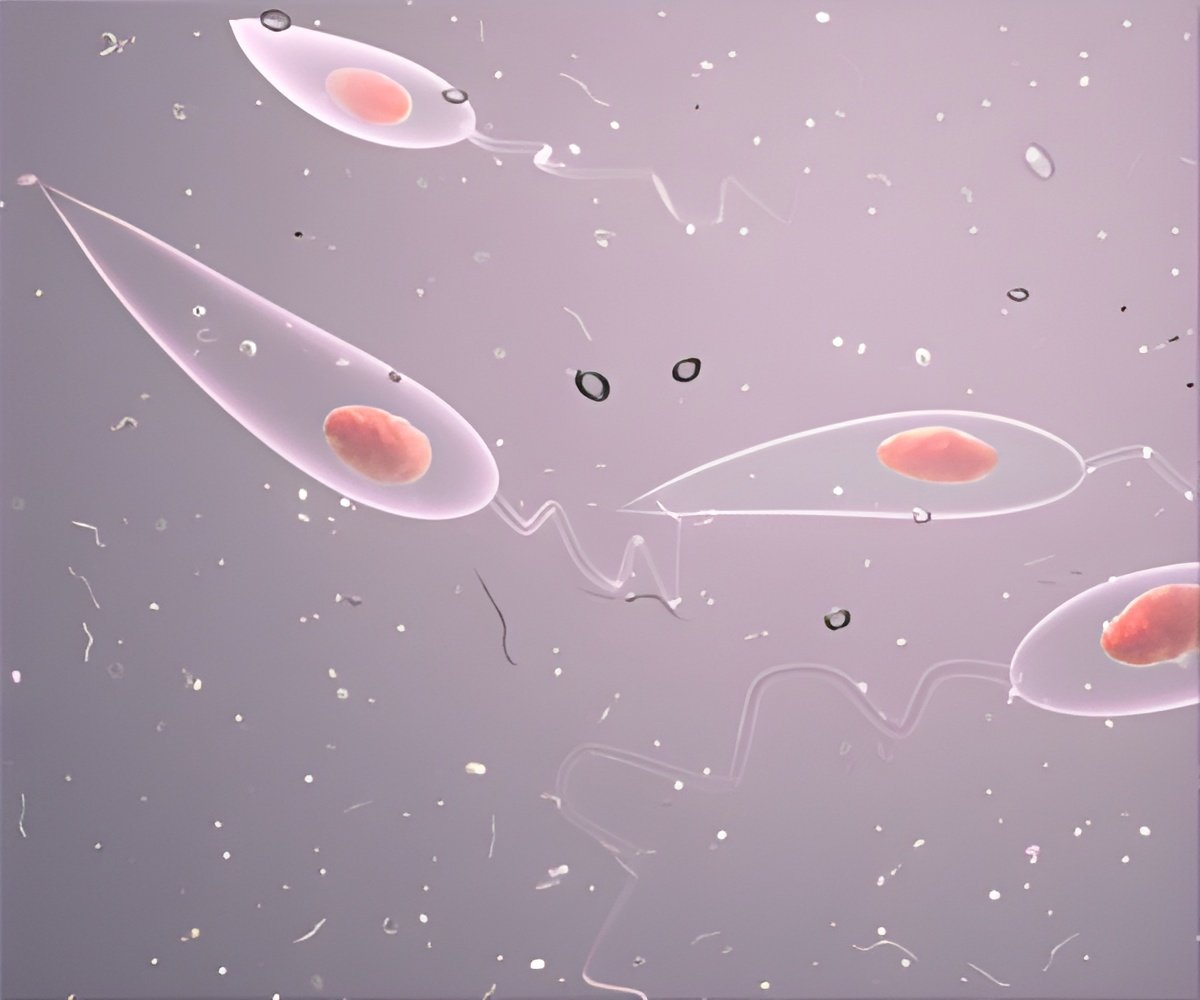A vector borne disease caused by different Leishmania species with different clinical manifestations is leishmaniasis.

Sara Dabirian, Ph.D student at Pasteur Institute of Iran, took advantage of molecules with limited toxicity to stimulate innate immune responses as a new approach to fight against leishmaniasis. Human neutrophil peptide-1 (HNP-1) is one of the most potent defensins with a broad antimicrobial activity. This peptide is naturally found within a granule of human neutrophils, a cell type that has the capacity to both kill Leishmania parasites and serve as an immediate host cell.
Using a prokaryotic expression system and an in vitro folding procedure, Dabirian et al. succeeded to cost-efficiently produce substantial amounts of active HNP-1.
The results, publishing October 17th, 2013 in PLOS Neglected Tropical Diseases, demonstrated that HNP-1 has direct leishmanicidal effects for both promastigote and amastigote and efficiently kills the parasites at concentrations non-toxic to host cells. Treatment of neutrophils with the HNP-1 was further shown to increase the life-span of the neutrophils and reduce the ability to be infected by Leishmania parasites. This was accompanied by an increase in production of the cytokine TNF-α and a reduction of the regulatory cytokine TGF-β following HNP-1 treatment of Leishmania infected neutrophils.
Professor Sima Rafati, from Molecular Immunology and Vaccine Research Laboratory at Pasteur Institute of Iran, who led the study, said: "The effects of HNP-1 on parasites and infected cells are anticipated to favorably alter the outcome of Leishmania infection. These results showed that HNP-1 holds a real potential as a candidate for a new modality of treatment for leishmaniasis". This approach may also be applicable for treatment of different forms of leishmaniasis, although it needs further investigation both in vivo and in vitro.
Source-Eurekalert









